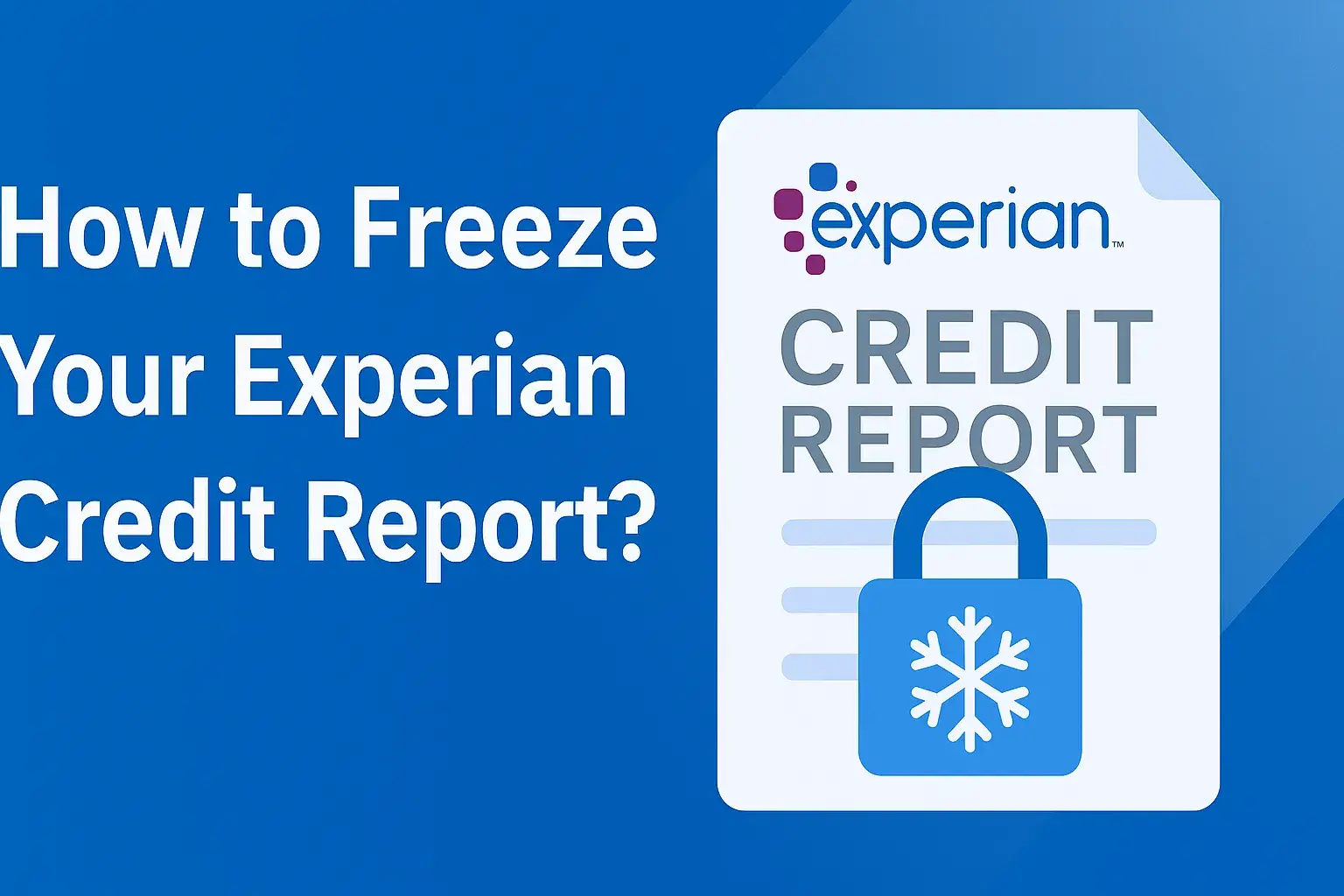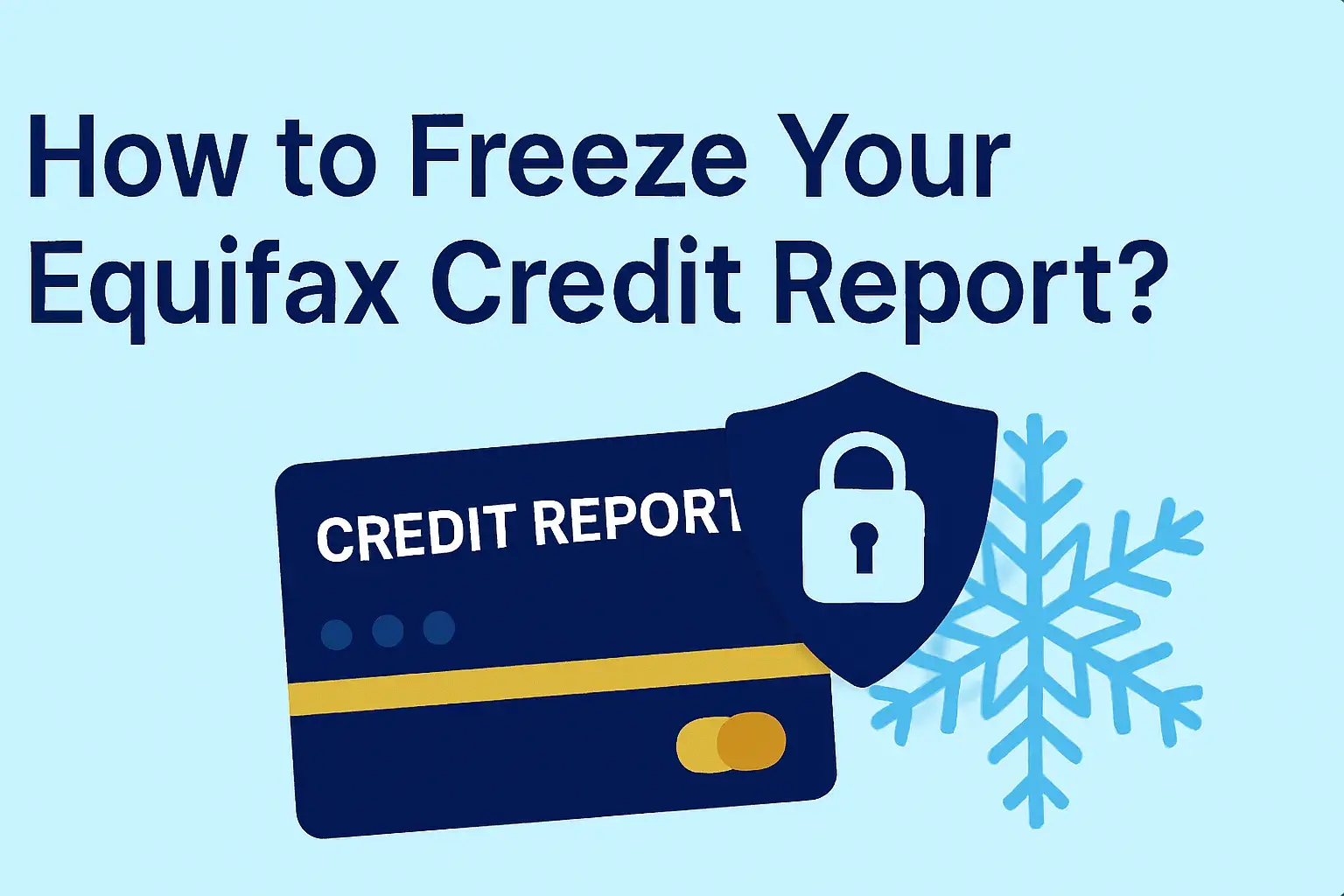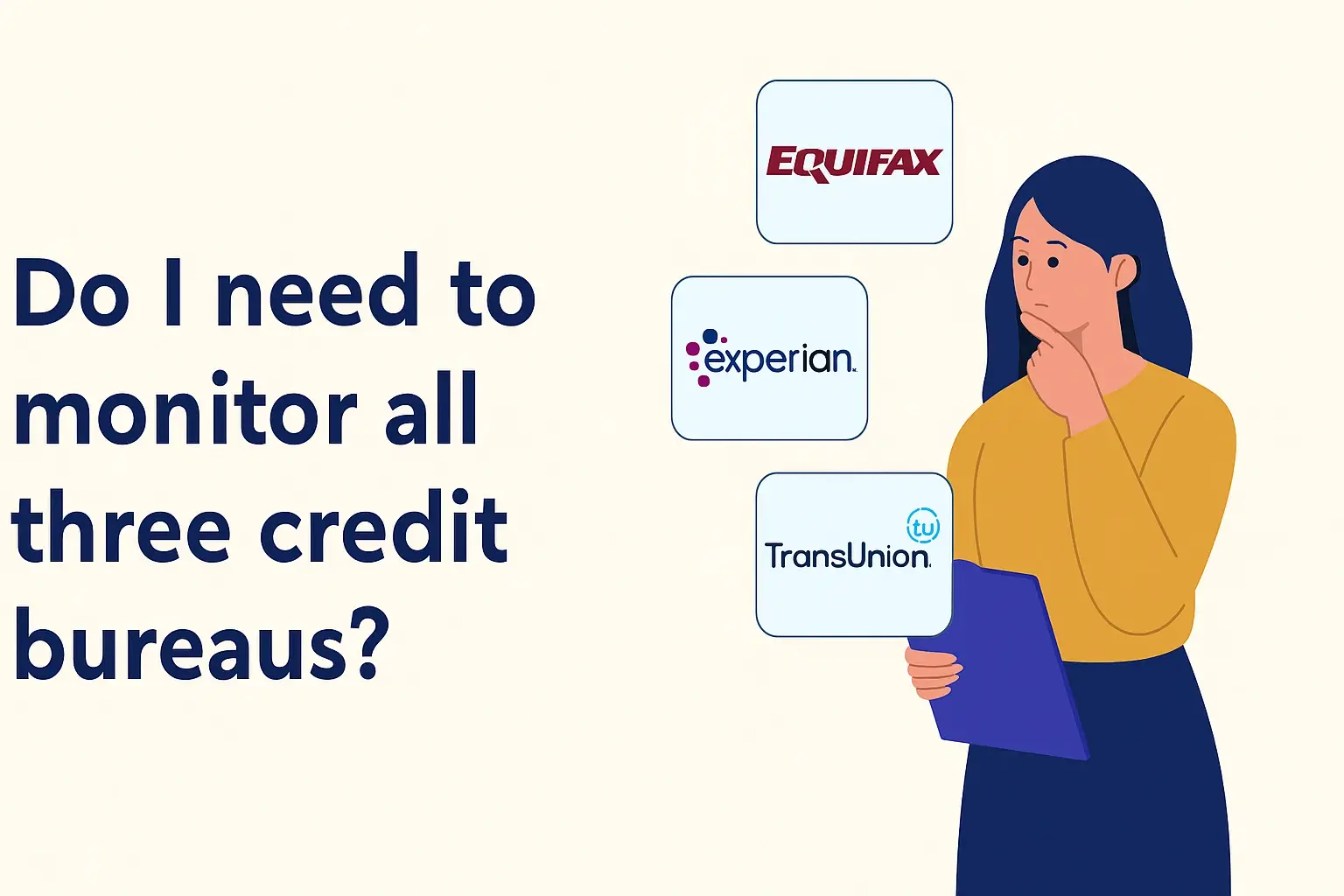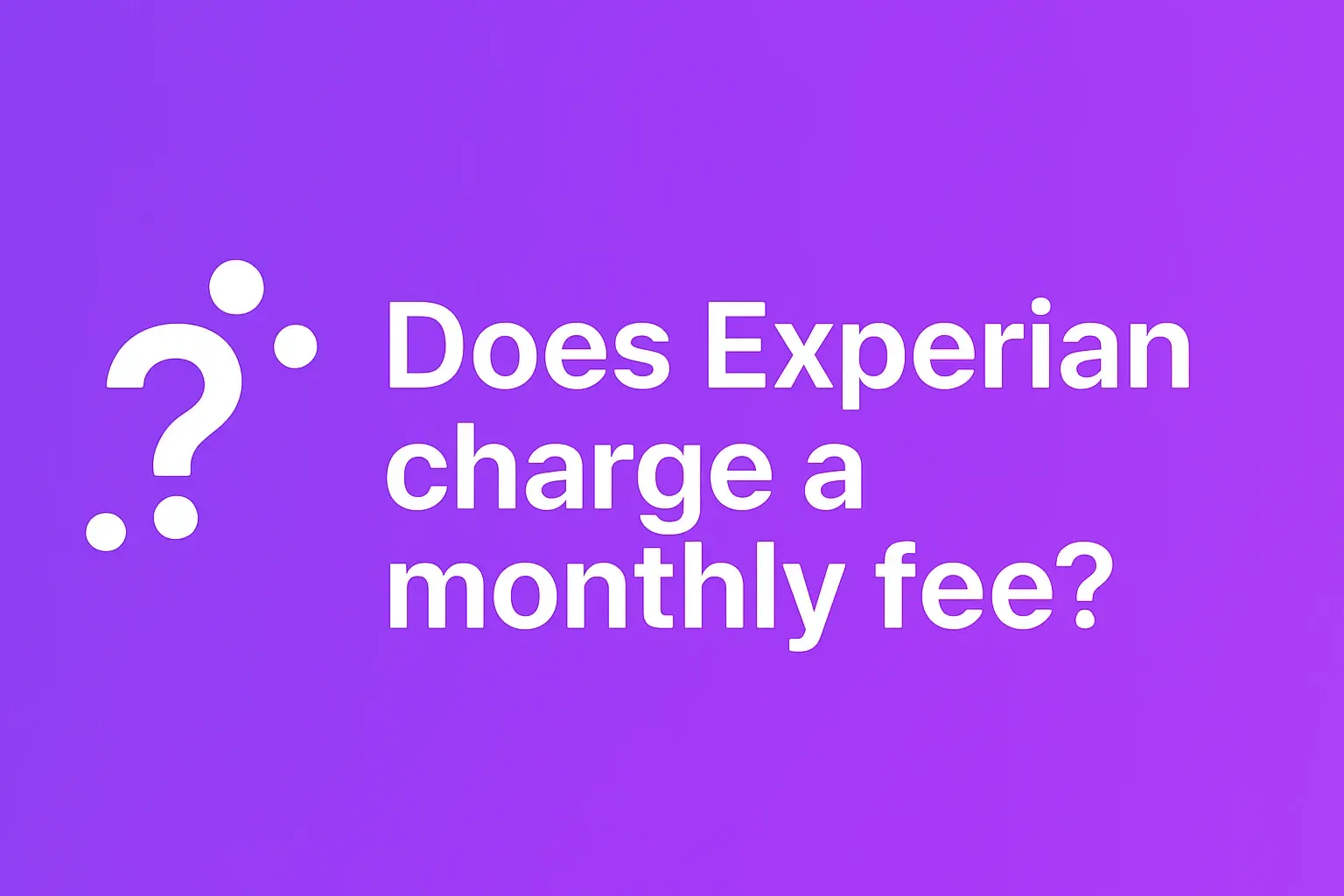-
Posted on: 30 Jul 2024
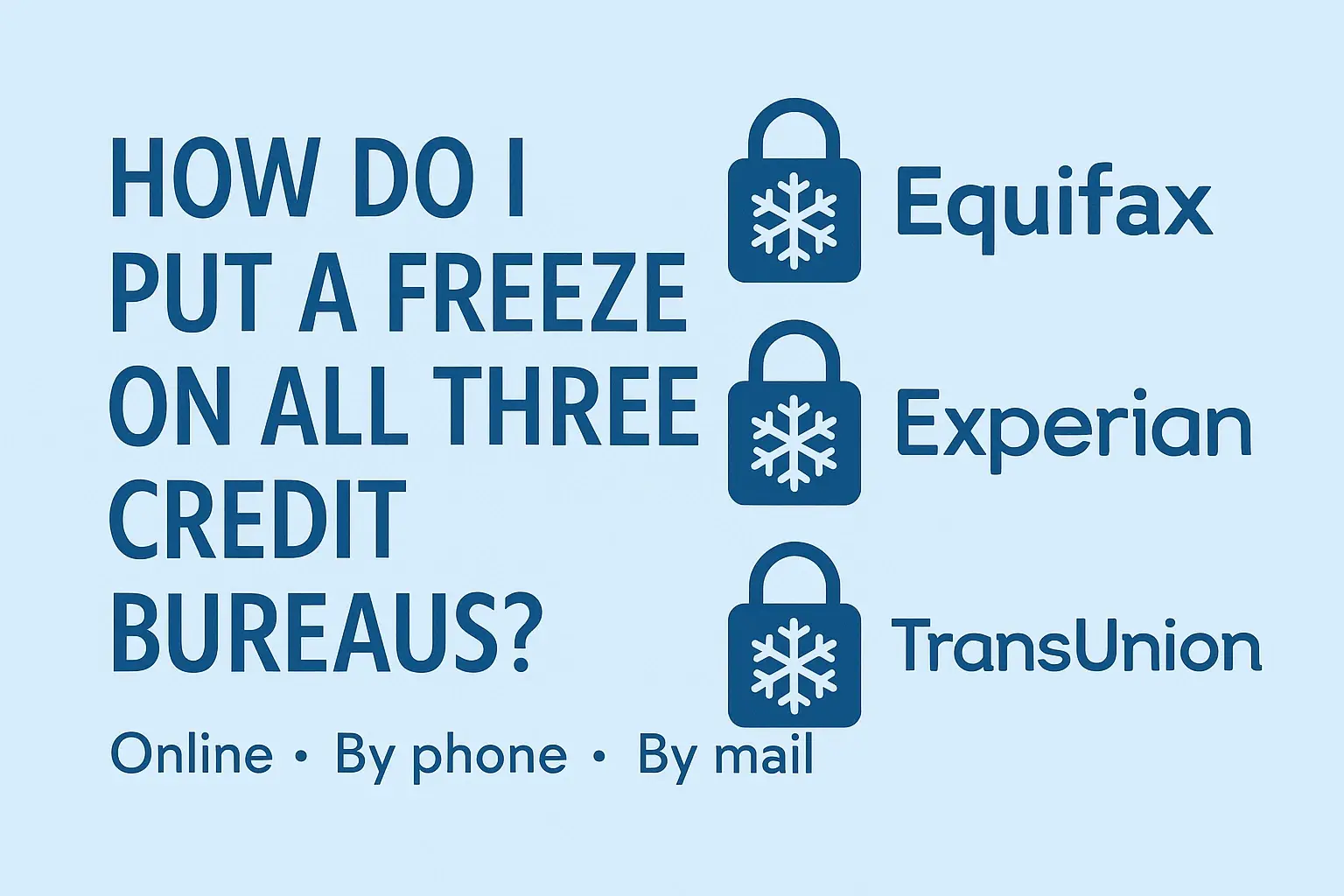
-
Protecting your financial identity is paramount. This guide provides a comprehensive, step-by-step process on how to effectively place a credit freeze on all three major credit bureaus, Equifax, Experian, and TransUnion, ensuring your personal information remains secure from unauthorized access.
Understanding Credit Freezes
A credit freeze, also known as a security freeze, is a powerful tool designed to protect your personal financial information from identity theft. When you place a credit freeze on your credit report, it restricts access to your credit file. This means that lenders and creditors cannot pull your credit report to make decisions about extending credit in your name. Essentially, it acts like a lock on your credit, preventing new accounts from being opened without your explicit permission. In 2025, with the increasing sophistication of cyber threats and data breaches, understanding and implementing a credit freeze is more critical than ever for safeguarding your financial well-being. This process is typically free for consumers in most states, a significant change from previous years where fees were sometimes associated with placing or lifting freezes.
Why You Should Freeze Your Credit
The primary motivation for placing a credit freeze is to prevent identity theft and fraud. In today's digital age, data breaches are unfortunately common. When your Social Security number and other personal identifying information fall into the wrong hands, criminals can use it to open new credit accounts, take out loans, or commit other financial crimes in your name. A credit freeze is a proactive measure that significantly hinders these activities. If a fraudster tries to open a credit card, apply for a mortgage, or lease a car using your identity, the credit bureau will deny the request because they cannot access your credit report. This stops the fraudulent activity before it can even begin, saving you immense time, stress, and financial damage. Beyond preventing new account fraud, a freeze can also be beneficial if you are concerned about your credit information being used for other purposes, such as identity verification for certain services.
Consider the statistics from 2024, which indicated a continued rise in reported identity theft cases. While exact figures for 2025 are still being compiled, preliminary trends suggest the problem is not abating. Therefore, taking preventative measures like a credit freeze is a sensible strategy. Furthermore, if you are a victim of identity theft, a credit freeze is often a recommended step in the recovery process. It provides an immediate layer of security while you work to resolve any fraudulent accounts or activities.
The Three Major Credit Bureaus
In the United States, credit information is primarily collected, maintained, and disseminated by three major credit reporting agencies: Equifax, Experian, and TransUnion. These agencies compile credit histories for consumers based on information provided by lenders, creditors, and public records. When you apply for credit, such as a loan or credit card, the lender typically requests a copy of your credit report from one or more of these bureaus to assess your creditworthiness.
Each bureau operates independently, meaning that a credit freeze placed with one bureau does not automatically apply to the others. Therefore, to ensure comprehensive protection, you must initiate a freeze with each of the three major bureaus individually. While the process is similar for each, the specific steps and online portals may differ slightly. Understanding these distinctions is crucial for successfully implementing a credit freeze across your entire credit profile.
Here's a brief overview of each:
- Equifax: One of the oldest and largest credit bureaus, Equifax collects and maintains credit information on millions of consumers.
- Experian: Another major player, Experian offers a wide range of data and analytics services, including credit reporting.
- TransUnion: TransUnion is also a significant credit bureau, providing credit reports and related services to businesses and consumers.
In 2025, these three bureaus remain the primary gatekeepers of your credit information, making it essential to engage with each one to implement a robust security freeze.
How to Freeze Each Bureau Individually
Placing a credit freeze with each of the three major credit bureaus is a straightforward, albeit multi-step, process. While the core concept is the same – restricting access to your credit file – each bureau has its own procedures, online portals, and verification methods. It's important to note that as of 2025, placing a credit freeze is generally free of charge for consumers nationwide, thanks to federal law. You will need to provide certain personal information to verify your identity. This typically includes your name, address, date of birth, and Social Security number. Some bureaus may also ask for additional information, such as previous addresses or details about existing credit accounts.
The process can usually be completed online, by phone, or by mail. Online is often the quickest and most convenient method. After you initiate a freeze, you will receive a confirmation and a unique PIN or password. This PIN is crucial as you will need it to temporarily lift or permanently unfreeze your credit in the future. Keep this PIN in a safe and memorable place.
Below, we will detail the specific steps for each bureau. Remember to have your personal information readily available to expedite the process.
Equifax Credit Freeze
Equifax offers a dedicated online portal for managing security freezes. To initiate a freeze with Equifax, you will typically follow these steps:
- Visit the Equifax Security Freeze Page: Navigate to the official Equifax website and find their section on security freezes or credit freezes. You can usually search for "Equifax security freeze" on their site.
- Start the Process: Look for an option to "Place a freeze" or "Start your freeze."
- Provide Personal Information: You will be prompted to enter your personal details, including your full name, address, date of birth, and Social Security number. You may also need to provide information about previous addresses.
- Identity Verification: Equifax will use the information you provide to verify your identity. This might involve answering security questions based on your credit history or other personal data.
- Confirmation and PIN: Once your identity is verified and the freeze is placed, Equifax will provide you with a confirmation number and a Personal Identification Number (PIN). This PIN is essential for managing your freeze in the future. Make sure to save this PIN securely.
The online process is generally the fastest. If you prefer, you can also initiate a freeze by calling Equifax or by sending a written request via mail. However, these methods may take longer to process. For mail requests, ensure you include all necessary identifying information and a clear statement requesting a security freeze.
Experian Credit Freeze
Experian also provides an online platform for placing and managing credit freezes. The steps are similar to those for Equifax:
- Go to Experian's Freeze Page: Visit the official Experian website and locate their credit freeze or security freeze services.
- Initiate the Freeze: Click on the option to "Place a freeze" or "Start your freeze."
- Enter Your Details: Fill out the required fields with your personal information, including your name, address, date of birth, and Social Security number.
- Identity Verification: Experian will verify your identity. This may involve answering questions about your credit history or other personal data points.
- Receive Your PIN: Upon successful placement of the freeze, Experian will issue you a confirmation and a unique PIN. This PIN is your key to unfreezing your credit later. Store it safely.
Experian, like Equifax, also offers phone and mail options for initiating a freeze. However, the online method is typically the most efficient. Ensure you are on the official Experian website to avoid phishing scams.
TransUnion Credit Freeze
TransUnion's process for placing a credit freeze is also streamlined, especially through their online portal:
- Access TransUnion's Freeze Service: Visit the official TransUnion website and navigate to their credit freeze or security freeze section.
- Begin the Freeze Request: Select the option to "Place a freeze" or "Start your freeze."
- Submit Your Information: Enter your personal details, such as your name, address, date of birth, and Social Security number.
- Identity Confirmation: TransUnion will authenticate your identity using the provided information. This might involve answering security questions.
- Secure Your PIN: After the freeze is successfully placed, TransUnion will provide you with a confirmation and a PIN. This PIN is critical for any future modifications to your freeze. Keep it in a secure location.
Similar to the other bureaus, TransUnion also supports freeze requests via phone and mail. For maximum speed and convenience, the online portal is recommended. Always ensure you are interacting with the legitimate TransUnion website.
Freezing Credit for Children and Dependents
Identity theft can also affect children, even those who have never had credit. Fraudsters can use a child's Social Security number to open accounts, which can go unnoticed for years until the child applies for credit themselves. Fortunately, you can place a credit freeze on a minor's credit file.
The process for freezing a child's credit is similar to freezing your own, but you will need to provide proof of your relationship and the child's identity. This typically involves:
- The child's full name, address, and Social Security number.
- Your own personal information as the parent or legal guardian.
- Proof of your identity (e.g., driver's license, government-issued ID).
- Proof of guardianship or parental relationship (e.g., child's birth certificate, court order).
You will need to contact each credit bureau individually to initiate a freeze for a minor. The bureaus will guide you through the specific documentation required. While some states may have specific laws regarding child credit freezes, in 2025, the general process is available nationwide. It's a proactive step that can save your child significant financial hardship down the line.
Unfreezing Your Credit
A credit freeze is not permanent unless you choose to make it so. There will be times when you need to apply for new credit, such as a mortgage, car loan, or credit card. In these instances, you will need to temporarily lift or permanently unfreeze your credit.
To unfreeze your credit, you will need to contact each credit bureau with which you have placed a freeze. You will typically need to provide your PIN or password that you received when you initially placed the freeze. The process can usually be done online, by phone, or by mail.
Key steps to unfreeze your credit:
- Identify the Bureau: Determine which bureau's credit file is required for the specific application.
- Access the Bureau's Service: Go to the official website of the relevant credit bureau (Equifax, Experian, or TransUnion).
- Select the "Unfreeze" Option: Look for the option to "Lift freeze," "Temporarily unfreeze," or "Permanently unfreeze."
- Provide Your PIN: Enter the PIN or password you received when you placed the freeze.
- Specify Duration (for temporary lifts): If you are requesting a temporary lift, you will typically need to specify the duration for which you want your credit to be unfrozen. This could be a few hours, a day, or a specific date range.
- Confirm: Follow the prompts to confirm your request.
It's advisable to lift your credit freeze a few days before you plan to apply for credit, as it may take some time for the unfreeze to be fully processed by all systems.
Temporary Lifts vs. Permanent Unfreezes
When you need to allow access to your credit report, you have two main options: a temporary lift or a permanent unfreeze.
Temporary Lifts:
- Purpose: Ideal for situations where you are actively applying for credit and expect the credit check to occur within a specific timeframe. For example, when you are shopping for a car loan or a mortgage.
- Process: You specify a period during which the freeze will be lifted. This can range from a few hours to several days. After the specified period, the freeze automatically reactivates.
- Convenience: More convenient if you anticipate needing to apply for credit multiple times within a short period.
Permanent Unfreezes:
- Purpose: Used when you no longer wish to have a credit freeze in place and want your credit report to be accessible to lenders without restriction.
- Process: Once you permanently unfreeze your credit, the freeze is removed entirely. You will need to place a new freeze if you decide to do so in the future.
- Consideration: If you are permanently unfreezing, ensure you are confident that you no longer need the protection of a freeze, or be prepared to re-freeze your credit later.
In 2025, both options are readily available through the credit bureaus' online portals and customer service channels. The choice between a temporary lift and a permanent unfreeze depends on your specific needs and comfort level with managing your credit security.
Cost of Credit Freezes and Lifts
A significant benefit for consumers in 2025 is that placing, temporarily lifting, and permanently unfreezing credit freezes are generally free of charge. This is largely due to federal regulations, specifically the Economic Growth, Regulatory Relief, and Consumer Protection Act, which mandated that credit freezes and unfreezes be free for consumers nationwide.
Previously, some states allowed credit bureaus to charge a small fee for placing or lifting a freeze. However, the federal law has standardized this, making it a free service for all consumers, regardless of their state of residence. This removes a potential barrier for individuals who might have been hesitant to implement a freeze due to cost concerns.
It's always a good practice to confirm the current policies directly with each credit bureau, but as of 2025, you should not expect to pay any fees for these services.
Credit Freezes vs. Credit Fraud Alerts
While both credit freezes and fraud alerts are security measures designed to protect against identity theft, they function differently and offer varying levels of protection. Understanding the distinction is crucial for choosing the right tool for your needs.
Feature Credit Freeze (Security Freeze) Fraud Alert What it does Restricts access to your entire credit report. Lenders cannot view your credit history, preventing new accounts from being opened without your explicit permission. Requires businesses to take extra steps to verify your identity before extending credit. They must contact you to confirm new credit applications. Level of Protection High. Significantly prevents new account fraud. Moderate. Can deter some fraudulent activity but doesn't completely block access to your report. Activation Must be placed individually with each of the three credit bureaus (Equifax, Experian, TransUnion). Can be placed with one bureau; that bureau is required to notify the other two. Duration Remains in effect until you manually lift or permanently unfreeze it. Initial Fraud Alert: 1 year.
Extended Fraud Alert: 7 years (requires a police report or FTC identity theft report).
Active Duty Alert: 1 year (for military personnel).Cost (as of 2025) Free to place, lift, and remove. Free. Impact on Credit Applications Requires you to temporarily lift the freeze for any legitimate credit application. Businesses must verify your identity, which can sometimes cause delays in processing applications. When to use which:
- Credit Freeze: Recommended for most consumers as a primary security measure, especially if you are not actively seeking new credit. It offers the strongest protection against new account fraud.
- Fraud Alert: A good option if you are actively applying for credit or have recently been a victim of identity theft and need to monitor your credit closely. It's less restrictive than a freeze but still provides an important layer of security.
Many experts recommend placing a credit freeze as the default security measure. If you need to apply for credit, you can simply lift the freeze temporarily. This provides the best of both worlds: robust protection when you don't need credit and the ability to access credit when you do.
Common Questions About Credit Freezes
Understanding the nuances of credit freezes can lead to several questions. Here are some of the most frequently asked, along with answers to clarify any uncertainties.
What Information Do I Need to Place a Freeze?
To place a credit freeze, you will generally need to provide:
- Your full legal name
- Your current address
- Your date of birth
- Your Social Security number
- Information about previous addresses (usually for the past two to five years)
Each bureau may ask for slightly different details, but these are the core requirements for identity verification.
Will a Credit Freeze Affect My Credit Score?
No, placing a credit freeze does not affect your credit score. A credit score is calculated based on your credit history, such as payment history, credit utilization, length of credit history, credit mix, and new credit. A freeze simply restricts access to your credit report and does not alter any of these underlying factors.
Can I Still Get New Credit with a Freeze?
Yes, but you will need to temporarily lift the freeze before applying for new credit. When you apply for a loan, credit card, or any other form of credit, the lender will request your credit report. If your credit is frozen, the bureau will deny the request. You must contact the bureau to lift the freeze, either temporarily for a specific period or permanently.
How Long Does It Take to Unfreeze My Credit?
Typically, lifting a credit freeze can take anywhere from a few minutes to a few hours, especially if you do it online. If you request it by phone or mail, it may take longer. It's advisable to lift the freeze a day or two before you plan to apply for credit to ensure it's fully processed.
What If I Lose My PIN for the Freeze?
If you lose your PIN, you will need to contact the credit bureau directly to request a new one. They will have a process for verifying your identity and issuing a replacement PIN. This is why it's crucial to keep your original PIN in a secure and memorable place.
Do I Need to Freeze My Credit with All Three Bureaus?
Yes, it is highly recommended to freeze your credit with Equifax, Experian, and TransUnion individually. A freeze with one bureau does not affect the others, and lenders can pull your credit report from any of the three. To ensure comprehensive protection, you must place a freeze with each.
What About Credit Monitoring Services?
Credit monitoring services can alert you to changes in your credit report, such as new accounts being opened or significant inquiries. While useful, they are a reactive measure. A credit freeze is a proactive measure that prevents unauthorized access in the first place. Many people opt for both: a credit freeze for prevention and credit monitoring for awareness.
Can I Freeze Credit for Someone Else?
Generally, you can only freeze credit for yourself or for a minor child for whom you are the legal guardian. You cannot freeze credit for another adult unless you have legal authority, such as power of attorney.
Conclusion
In an era where digital security is paramount, understanding and implementing a credit freeze is one of the most effective steps you can take to protect your financial identity. By now, you should have a clear understanding of how to put a freeze on all three credit bureaus: Equifax, Experian, and TransUnion. This process, which is generally free of charge as of 2025, acts as a robust lock on your credit file, preventing unauthorized access and significantly hindering identity theft.
Remember that a credit freeze is not a one-time action. While it provides ongoing protection, you will need to temporarily lift or permanently unfreeze your credit when you intend to apply for new credit. Keep your PINs secure and accessible, and be prepared to manage your freeze as your financial needs change. For children and dependents, proactively freezing their credit is a crucial measure against future fraud.
By taking these proactive steps, you are taking control of your financial security. Don't wait for a data breach or identity theft incident to occur. Visit the official websites of Equifax, Experian, and TransUnion today to initiate your credit freezes and secure your financial future. Your peace of mind is worth the small effort required to implement this essential protection.

